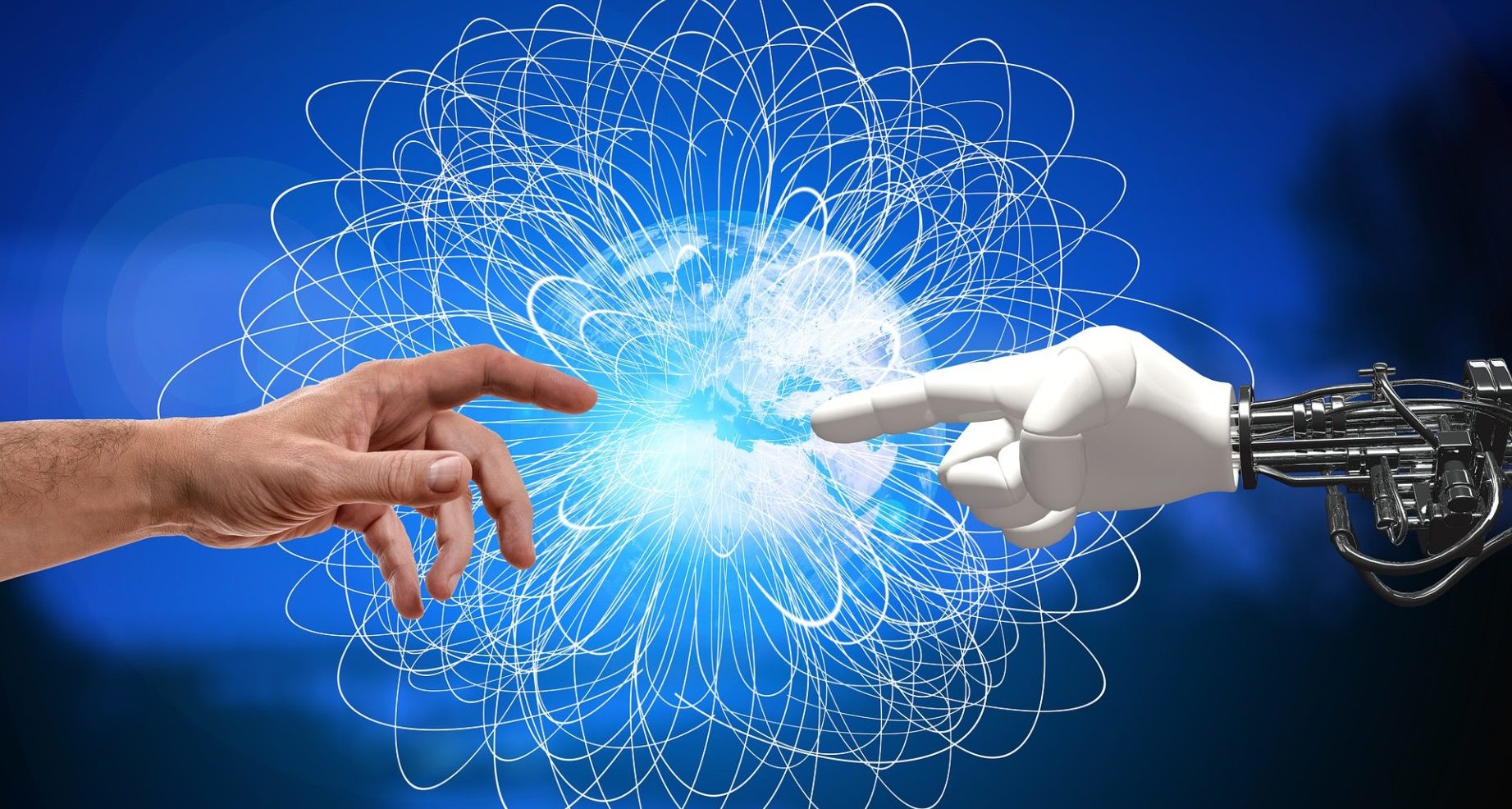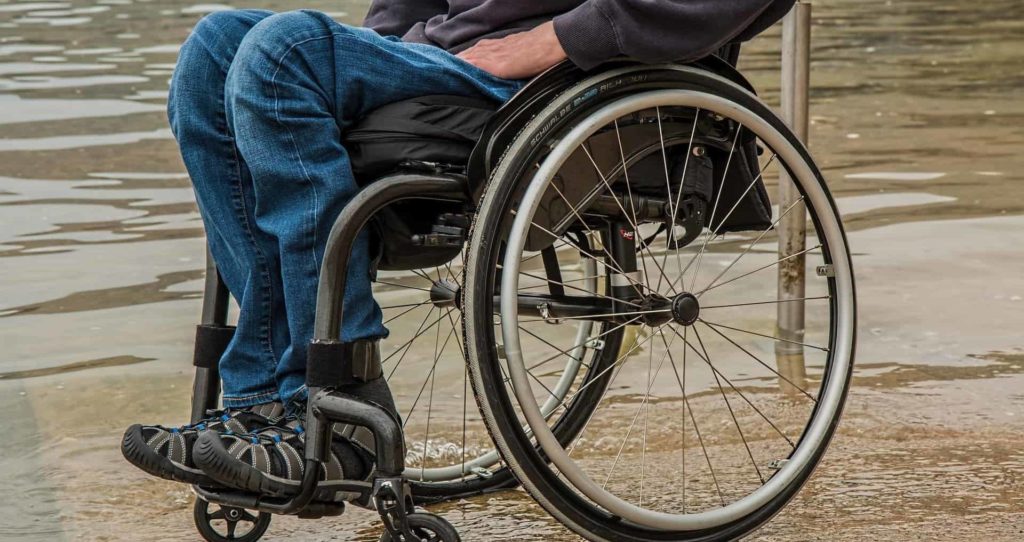Capabilities of medical technology: yesterday, today, tomorrow.
Modern medical technologies helped tremendously in diagnostics, treatment and rehabilitation. It dates back to ancient times. Archaeologists during excavations of ancient settlement have found many primitives (by today's standards) wood and metal medical devices. The medical technologies develop with the evolution of mankind. An incredible progress is happening right now with high-tech medicine and medical device development. What was recently just an imagination of science fiction writers has now become a reality. Routine procedures are simplified and automated. Human intelligence is being integrated with powerful computer systems. Today, only those diagnostics and treatments that using the most advanced technologies are high qualified. A doctor can no longer do his job without high-precision and supersensitive medical equipment.
Intelligent image.
Medical imaging has developed tremendously since the advent of X-ray tomography in 1895. Today there are more and more opportunities for detailed acquaintance with the pathophysiological processes and affected organs. Austria is one of the leading countries in medical imaging research.
With modern advances in ultrasound and magnetic resonance imaging (MRI), Austrian scientists and industry are at the forefront. They relate to IT solutions for clinical workflow and diagnostic imaging. Also with the used modern systems for obtaining and processing images in hospitals and medical institutions.
In the field of imaging, Austrian startups have an edge over other countries. Companies use artificial intelligence. For example, this is to automatically measure anatomical distances, angles and volumes and to detect anomalies and lesions.
Intelligent implants.
Intelligent implants are playing an increasingly important role in medicine. They are now even considered to be the top discipline in medical technology. The history of these implants dates back to the 1950s, when the first pacemaker was developed.
Digitization, modern additive materials and manufacturing processes are seen as the driving forces behind the development of intelligent implants. They can be used in almost all parts of the body. For example, as pacemakers, cochlear implants, bladder, epilepsy, or deep brain stimulants. They are also used for retinal implants, dosing systems, artificial pancreas or sphincters, etc. With the help of sensors and actuators, it is possible to dose medications correctly.
The capabilities of medical technology and nanotechnology.
The nanotechnology of the future enables the transition from personalized medicine to perfectly matched implants. Tiny, externally controlled nanorobots are developed currently. They will serve as minimally invasive instruments in the future. With their help, the active ingredients of the medicines will be taken with the utmost precision.
For example, sensors made with a nano 3D printer must be injected into our bloodstream. Nanorobots must destroy various tumors (for example, prostate and brain tumors) using hyperthermia methods. Nanocoatings should make implants more stable and more durable.
However, the risks and disadvantages have not yet been adequately explored. Therefore, the widespread use of medical devices and instruments made on a nano-3D printer will still take some time.




